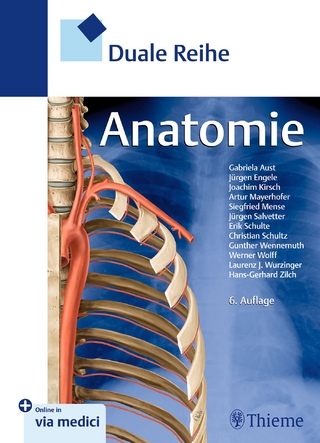
Biomechanics of the Primate Skull Base
Springer Berlin (Verlag)
9783540152903 (ISBN)
1 Introduction.- 2 Review of the Literature on the Biomechanics of the Primate Skull.- 2.1 Upper Facial Skeleton.- 2.2 Mandible.- 2.3 Neurocranium and Skull as a Whole.- 3 Procedure.- 4 Cranial Sutures.- 5 Mechanical Functions of the Dura Mater.- 6 External Forces Acting upon the Skull.- 6.1 Equilibrium of Forces at the Atlanto-occipital Joint.- 6.2 Forces at the Temporomandibular Joints.- 7 Development of Models and External Forces in the Experiments.- 8 Technique of Experimental Stress Analysis.- 9 Results of the Experimental Stress Analysis of the Shell Models.- 9.1 Hemispherical Model.- 9.2 Semiovoid Model.- 9.3 Excursus: Statics of Shells.- 9.4 Semiovoid Model Under Different Loads.- 9.5 Supporting Pillars.- 9.6 Different Directions of Load Application.- 9.7 Size and Curvature.- 9.8 Load Application at TMJ Equivalents.- 9.9 Flexure of the Anterior Wall (Cranial Base Flexure).- 9.10 Flexure of the Posterior Wall (Occipital Profile).- 10 Functional Morphology of the Basicranium.- 11 Summary.- Acknowledgements.- References.
| Erscheint lt. Verlag | 1.7.1985 |
|---|---|
| Reihe/Serie | Advances in Anatomy, Embryology and Cell Biology |
| Zusatzinfo | VI, 59 p. 2 illus. |
| Verlagsort | Berlin |
| Sprache | englisch |
| Maße | 170 x 244 mm |
| Gewicht | 155 g |
| Themenwelt | Studium ► 1. Studienabschnitt (Vorklinik) ► Anatomie / Neuroanatomie |
| Naturwissenschaften ► Biologie ► Zoologie | |
| Schlagworte | brain • Development • Influence • Morphology • Skeleton • Skull • Skull base |
| ISBN-13 | 9783540152903 / 9783540152903 |
| Zustand | Neuware |
| Informationen gemäß Produktsicherheitsverordnung (GPSR) | |
| Haben Sie eine Frage zum Produkt? |
aus dem Bereich


